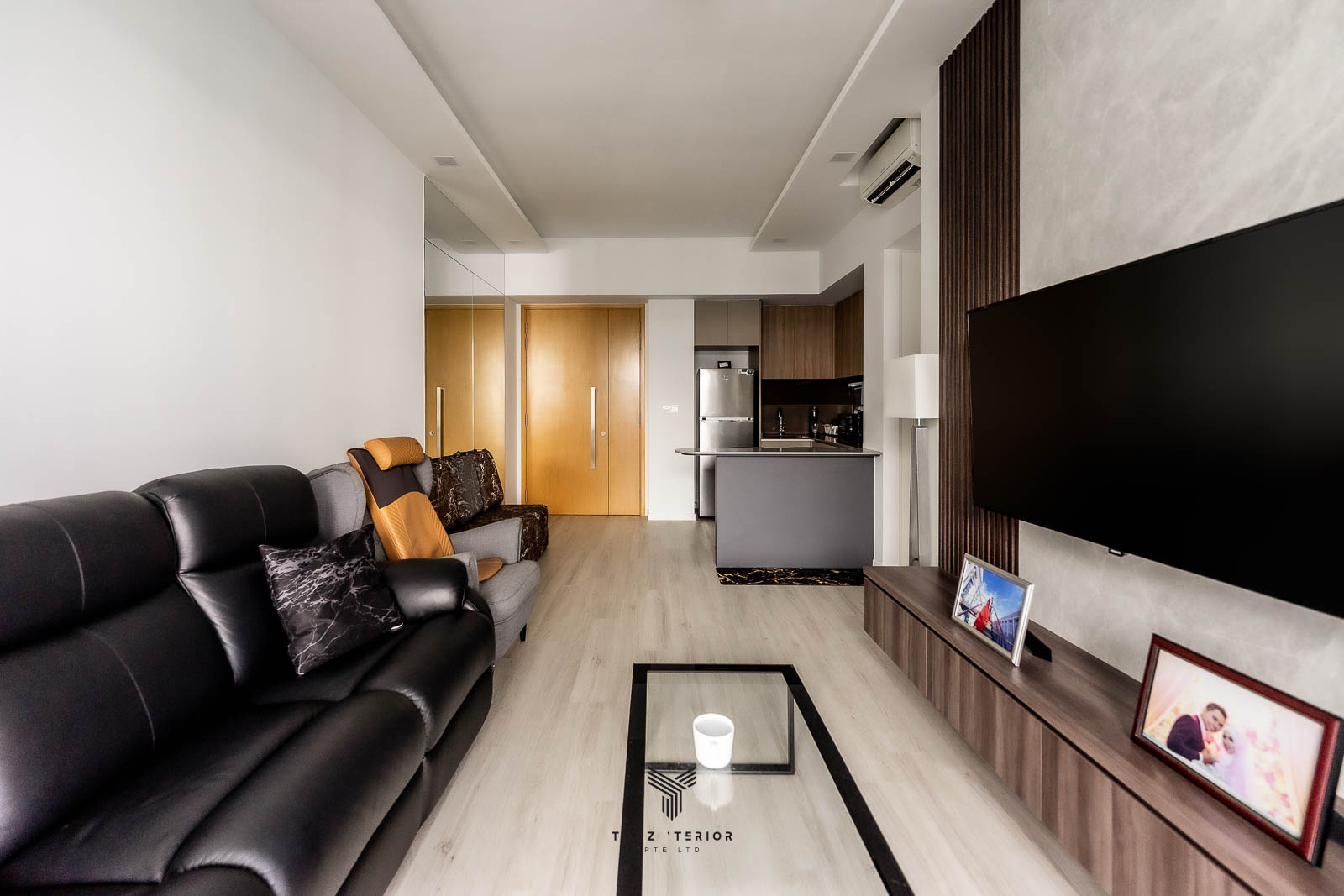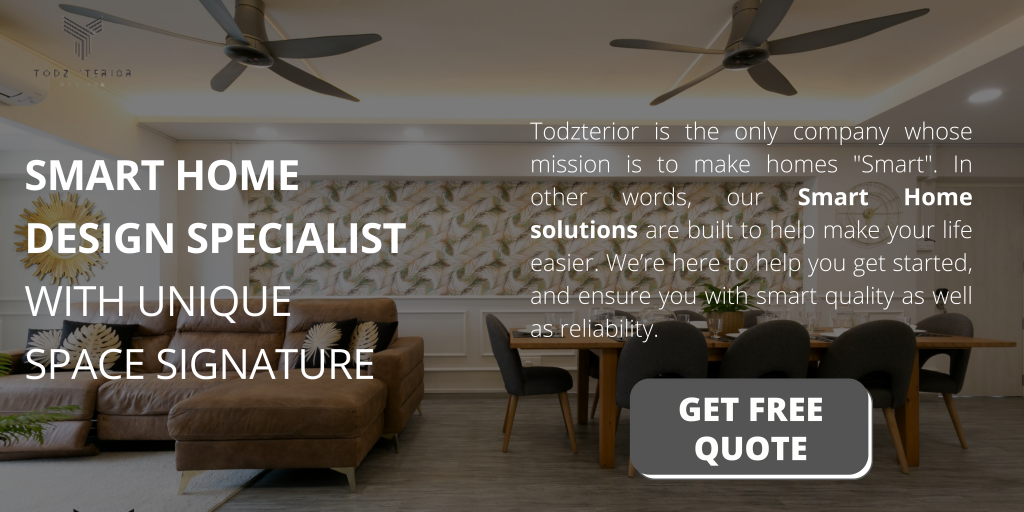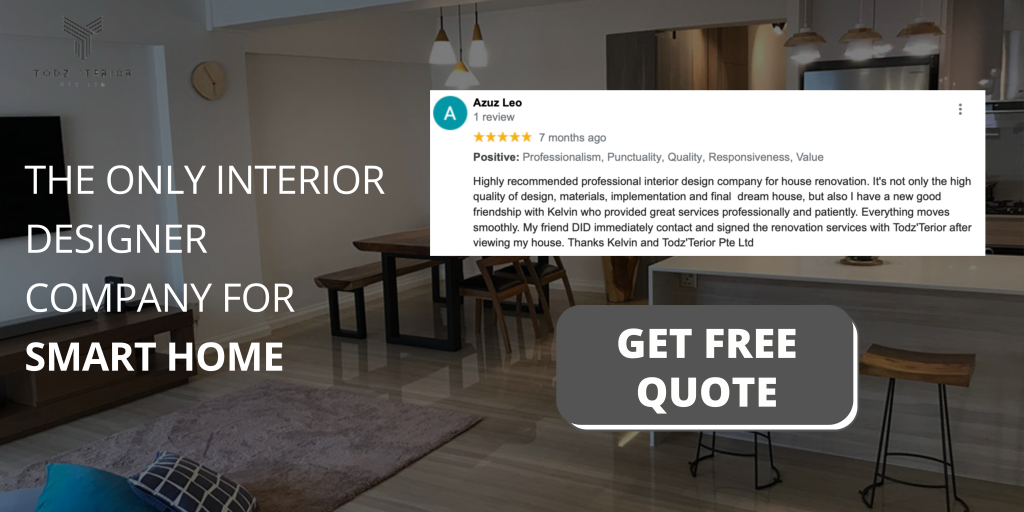In today’s digital age, where technology is advancing at an unprecedented pace, our homes are becoming smarter and more connected than ever before. Smart home interior design has emerged as a popular trend, integrating intelligent technology seamlessly into our living spaces. This article explores the concept of intelligent living and provides insights into how to incorporate smart home technology into interior design to create a modern and convenient lifestyle.
In This Article
Toggle
Are you ready to embrace the future of living?
In this era of rapid technological advancements, the concept of intelligent living has gained significant traction. Intelligent living refers to the integration of smart home technology into our daily lives, making our homes more intuitive, efficient, and enjoyable. By incorporating cutting-edge devices and systems, homeowners can experience the convenience of automation, connectivity, and personalized control.
What are the key aspects to understand about smart home interior design?
Smart home interior design involves seamlessly blending technology with aesthetics to create a harmonious living environment. It goes beyond simply adding gadgets; it encompasses a holistic approach to integrating smart devices into the overall design scheme of the home. The goal is to enhance the functionality, comfort, and efficiency of the living space while maintaining its visual appeal.

What are The Benefits of Smart Home Technology?
Smart home technology offers a myriad of benefits that significantly improve the quality of life for homeowners. These advantages include:
- Convenience: With smart devices, you can control various aspects of your home through voice commands or smartphone apps, eliminating the need for manual adjustments.
- Efficiency: Smart home systems optimize energy consumption by automatically adjusting lighting, heating, and cooling based on occupancy and preferences, resulting in energy savings.
- Security: Smart security systems provide enhanced protection through features like real-time monitoring, remote access, and smart locks, giving homeowners peace of mind.
- Entertainment: Smart entertainment systems allow for immersive experiences, from voice-controlled media devices to multi-room audio setups, creating a personalized and enjoyable entertainment environment.
How to Create a Connected Living Space?
To embrace smart home interior design, consider integrating the following key elements into your living space:
Smart Lighting Solutions
Smart lighting systems offer customizable lighting options, allowing you to set the mood, save energy, and automate lighting schedules. With features like color-changing bulbs and motion sensors, you can create dynamic lighting environments and optimize energy usage.
Automated Temperature Control
Smart thermostats enable precise control over heating and cooling, adjusting temperatures based on occupancy patterns and personal preferences. This ensures comfort while minimizing energy waste and reducing utility bills.
Home Security Systems
Integrating smart security systems provides advanced protection against intrusions and emergencies. Features such as smart cameras, doorbell cameras, and motion sensors enable remote monitoring, notifications, and quick response capabilities.
Voice-Activated Assistants
Voice-activated assistants like Amazon Alexa and Google Assistant act as central control hubs, allowing you to control multiple smart devices through voice commands. From managing daily schedules to controlling entertainment systems, these assistants make life easier and more streamlined.
Smart Entertainment Systems
Immerse yourself in a world of entertainment with smart TVs, speakers, and streaming devices. These devices offer seamless connectivity, voice control, and the ability to create personalized media experiences tailored to your preferences.

Enhancing Functionality and Efficiency
Incorporating smart technology into different areas of your home can significantly enhance functionality and efficiency. Consider the following:
Smart Appliances and Kitchen Solutions
Upgrade your kitchen with smart appliances that offer advanced features such as automated cooking, energy monitoring, and remote control. Smart refrigerators, ovens, and dishwashers can streamline your cooking and cleaning processes.
Intelligent Furniture and Storage Solutions
Optimize your living space with intelligent furniture and storage solutions. From motorized TV stands to modular shelving systems, these innovations maximize storage capacity and adapt to your changing needs.
Smart Home Office Setup
With remote work becoming increasingly prevalent, a smart home office setup can boost productivity and comfort. Ergonomic furniture, adjustable lighting, and smart organization tools can create an efficient and inspiring workspace.
Integrating Sustainability and Energy Efficiency
Smart home interior design aligns with sustainability goals by emphasizing energy efficiency and resource conservation. Opt for smart devices that promote sustainability, such as energy-efficient appliances, automated lighting controls, and renewable energy solutions like solar panels.
How to Customize Your Smart Home Interior Design?
When designing your smart home, customization is key to ensure it meets your specific needs and preferences. Consider the following:
Finding the Right Smart Devices
Research and choose smart devices that align with your lifestyle and requirements. Consider factors such as compatibility, functionality, and user reviews to make informed decisions.
7.2 Designing for Aesthetics and Functionality
Strike a balance between aesthetics and functionality when integrating smart devices into your home. Opt for devices that seamlessly blend into your existing interior design while enhancing the overall visual appeal.
Creating a Seamless User Experience
Ensure a seamless user experience by integrating smart devices into a unified ecosystem. Connect devices through a central hub or use smart home automation platforms to control and manage all devices from a single interface.
What are the challenges and considerations to overcome when implementing smart home technology?
While smart home technology offers numerous benefits, it’s essential to be aware of the challenges and considerations involved:
Privacy and Data Security
As smart devices collect and process personal data, privacy and data security become critical concerns. Take necessary precautions, such as using secure networks, regularly updating software, and carefully reviewing privacy settings.
Compatibility and Interoperability
Ensure compatibility and interoperability among different smart devices and systems. Research product specifications and standards to ensure seamless integration and avoid potential issues.
Upgrading and Future-Proofing
Technology evolves rapidly, and it’s important to future-proof your smart home. Choose devices and systems that offer regular updates and have the flexibility to adapt to emerging technologies.
Conclusion
Intelligent living through smart home interior design has revolutionized the way we interact with our living spaces. By embracing the integration of smart devices, homeowners can enjoy enhanced convenience, efficiency, and security while creating a modern and comfortable living environment.

In conclusion, hiring the services of “Todzterior” for smart home interior design in Singapore brings a multitude of advantages. Their expertise in smart home technology ensures that your living spaces are equipped with the latest innovations and seamlessly integrated systems. With a focus on customized solutions tailored to Singaporean homes, they create designs that optimize space, energy efficiency, and aesthetics. Moreover, their commitment to delivering a seamless user experience ensures that controlling and managing your smart home is effortless and intuitive. By choosing “Todzterior,” you can embrace the future of intelligent living and enjoy the convenience, comfort, and sophistication that smart home technology has to offer.
